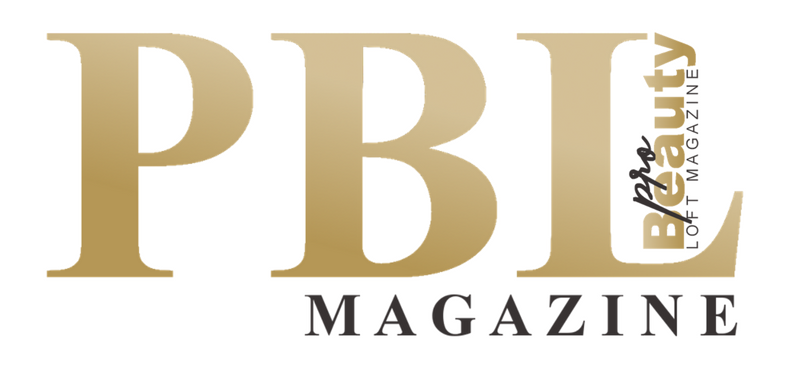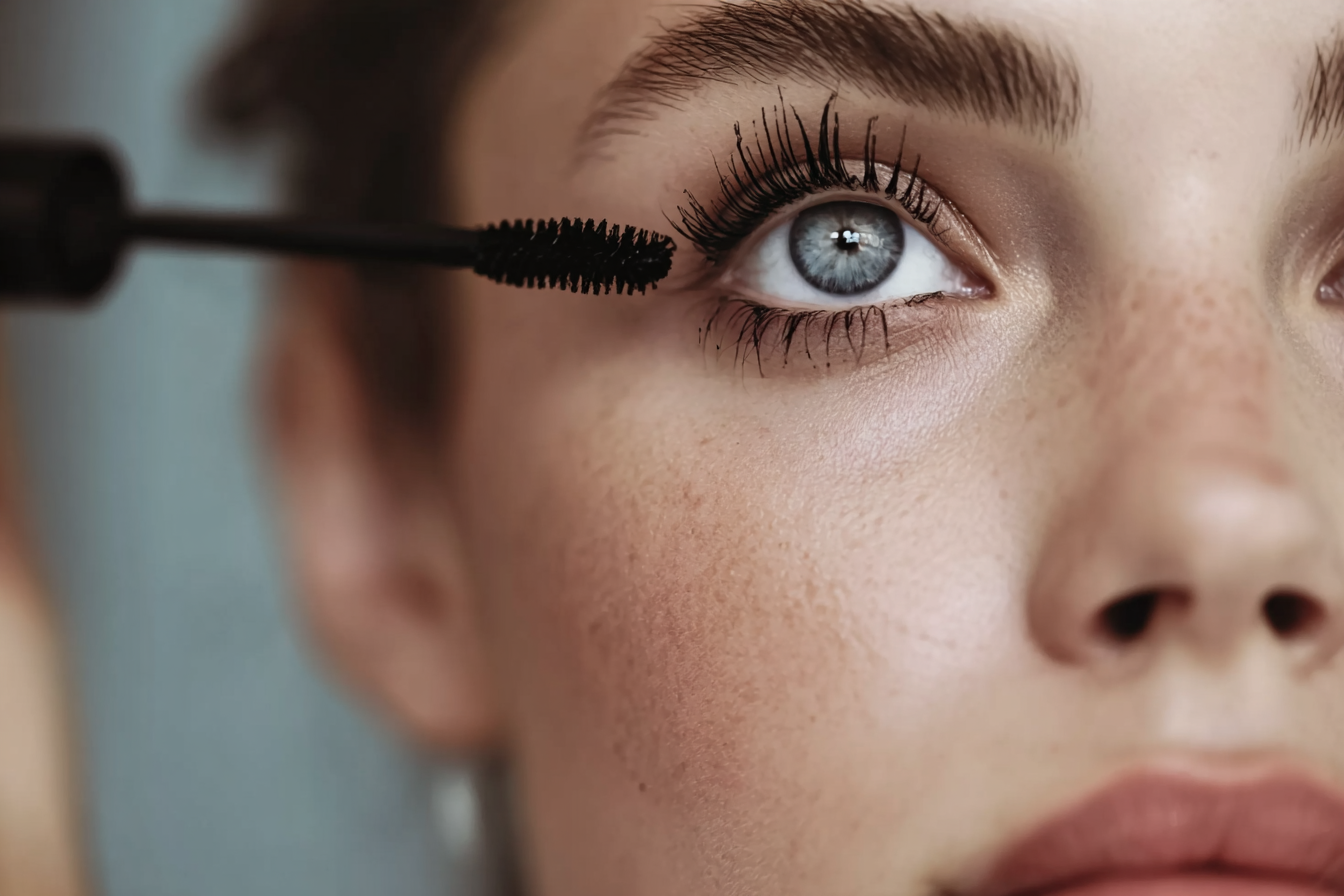How to Create Safe Spaces for Trans and Non-Binary Clients in Your Salon
The landscape for transgender and non-binary individuals in the UK has shifted significantly over the past few months, with several key legal and social changes impacting their rights and access to services. As beauty and wellness professionals, it is our responsibility to create inclusive, supportive environments where all clients—regardless of gender identity—feel respected and cared for. In light of recent developments, it’s crucial for spas, hairdressers, and other beauty businesses to reaffirm their commitment to inclusivity. Here’s how you can best support your trans and non-binary clients in these uncertain times:
1. Be Informed About Legal Changes and Their Impact
The UK has seen several significant legal developments that affect trans and non-binary people, most notably the recent Supreme Court ruling which defines "woman" and "sex" exclusively in terms of biological sex under the Equality Act 2010. This has raised concerns over access to single-sex spaces and services, including in health, education, and public facilities.
As a beauty or wellness professional, understanding how these changes might affect your clients—particularly with regard to access to facilities such as changing rooms, toilets, and hairdressing spaces—is key. Ensure that your business stays informed and considers how policies might impact your trans and non-binary clients, and adjust your services to provide clarity, comfort, and confidence.
2. Commit to Gender-Inclusive Language and Practices
The language you use can make a significant difference to how trans and non-binary clients feel welcomed in your space. While legal language may focus on biological sex, your approach should center on inclusivity and respect for each individual's identity.
Ask for Pronouns: Whether in your booking forms, on arrival, or during consultations, make it standard practice to ask clients for their pronouns. Phrases like "How would you like me to refer to you?" or "What pronouns do you prefer?" demonstrate that you’re respectful of their identity.
Gender-Neutral Options: Update your intake forms to include options beyond just "male" or "female." Consider offering options like "prefer not to say" or "non-binary" as part of your gender identification options. This gives clients the space to express themselves freely.
Creating Comfort: If a client expresses discomfort with the gendered aspects of a beauty service (e.g., a "women's cut" or a "men’s facial"), make sure you offer alternatives or reframe the service as something that works for all genders.
For more about how to handle inclusive language, check out: Mermaids UK, a charity supporting gender-diverse children and young people, they offer resources for businesses and individuals.
3. Ensure Accessibility in Your Physical Space
One of the most pressing concerns for trans and non-binary individuals, especially in the wake of new rulings, is access to safe, inclusive spaces. Consider how your physical space can reflect your commitment to inclusivity:
Single-Use or Gender-Neutral Facilities: Where possible, provide single-use, gender-neutral changing rooms or bathrooms. If space allows, make it clear that these facilities are for everyone, including trans and non-binary individuals, without requiring them to specify their gender.
Signage: Small touches like including a “Trans Welcome Here” sign or displaying pride flags and stickers can signal your commitment to inclusivity. It’s important that all your signage reinforces the idea that every client is respected, no matter their gender identity.
Private, Comfortable Spaces: If you’re offering services that require undressing (e.g., facials, massage), ensure that these spaces are private and comfortable. Create an environment where your clients know they can change or undress without fear of judgment.
4. Create a Staff Training Program on Inclusivity
It’s essential that your entire team is on board with the mission of creating a safe and welcoming environment for all clients. Regular training on LGBTQ+ inclusivity and sensitivity can go a long way in ensuring that your services are respectful, responsive, and supportive. Focus areas for training include:
Pronouns and Name Usage: Train your team to ask and respect clients’ pronouns. This includes checking in periodically, as clients may change their pronouns over time. Consistency is key.
Understanding Gender Diversity: Staff should be educated on the spectrum of gender identities, so they understand the nuances of being trans and non-binary. Empowering your team to provide competent care will build trust with clients.
Avoiding Microaggressions: Help your staff avoid making assumptions about clients based on their appearance, behavior, or style. For example, asking intrusive questions about someone’s gender history or making unsolicited comments about their transition can be hurtful. Be respectful and keep the conversation relevant to the service being provided.
For inclusive training programs, consider these organizations: Gendered Intelligence: They offer tailored training programs for businesses and individuals to help create trans-inclusive spaces. Stonewall UK: They offer a range of training and resources for organizations looking to be more inclusive of LGBTQ+ people.
5. Offer Customised Beauty Services
Trans and non-binary clients may have specific beauty or wellness needs related to their gender identity. Offering customized services can help your clients feel seen and respected. Consider:
Inclusive Skincare and Body Treatments: For clients who are transitioning or have particular skin care needs, be mindful of potential sensitivities that might come from hormones, surgery, or other aspects of transitioning. Offer tailored skincare regimens that can accommodate these changes.
Makeup and Personal Grooming: Offering makeup services that respect your clients’ gender expression is a great way to support their journey. Provide options for both traditionally masculine and feminine looks, as well as gender-neutral styles.
6. Uphold Privacy and Confidentiality
A safe, supportive environment also means protecting your clients' privacy. Many trans and non-binary individuals are deeply concerned about their gender identity being disclosed to others, whether in the spa or hair salon. Make sure your staff is trained to respect confidentiality, and always ask for permission before discussing a client’s gender identity with anyone.
7. Advocate for Policy Changes in Your Industry
As changes to transgender rights unfold, it’s important to be a vocal advocate for policies that support trans and non-binary individuals within your industry. Engage with industry bodies, share your experiences, and work together to ensure that everyone has access to beauty and wellness services without fear of discrimination.
*
In conclusion, the beauty and wellness industries have the power to be agents of positive change in supporting trans and non-binary people. By adapting your practices and policies, fostering an environment of respect, and continuing your education on inclusivity, you can help create a more welcoming world for all clients—regardless of gender identity. The changes in the UK may present challenges, but with the right approach, we can ensure that every client feels beautiful, empowered, and validated.































